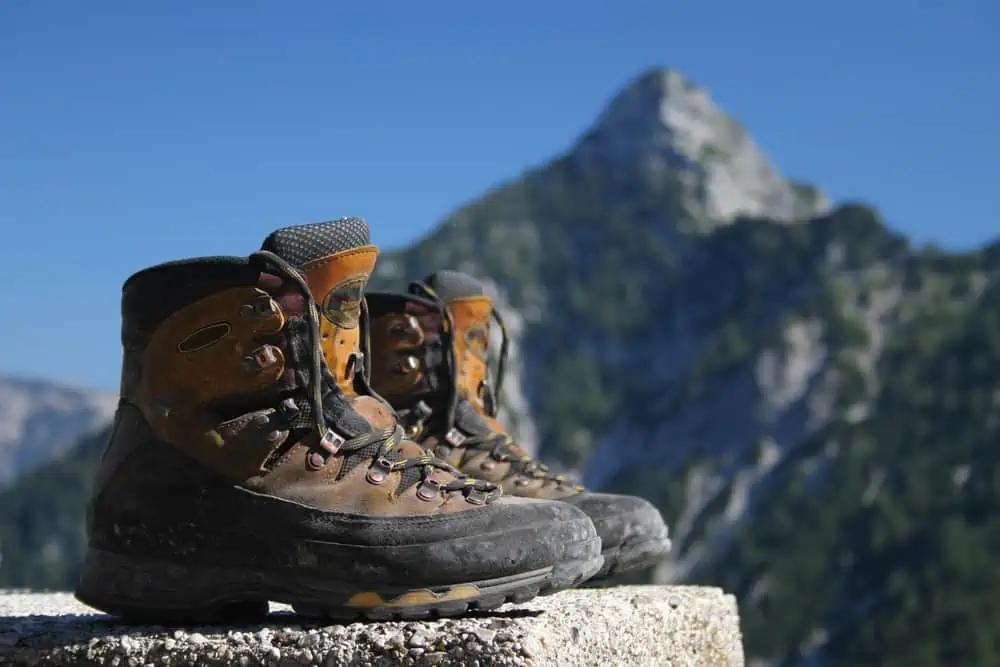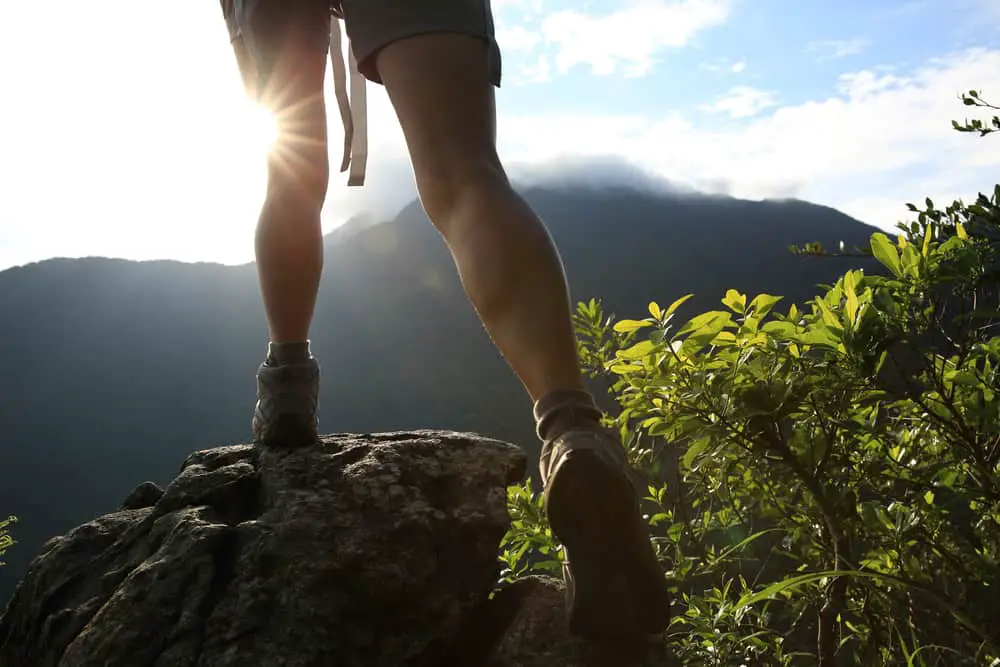Most hikers and backpackers know that you need to waterproof your boots before heading out into the wilderness. Even if you don’t plan on getting them wet, it’s a brilliant idea because they can still get drenched from puddles or rain.
If you have a pair of Keen hiking boots, you may be wondering how you can waterproof them without ruining their breathability and insulation.
Here’s a simple guide on how to build protection and waterproof your Keen hiking boots!
Waterproofing Your Keen Hiking Boots
There are four main steps that need to be followed to help make your Keen boots waterproof.
- Choosing an appropriate waterproofing treatment
- Cleaning your Keens
- Drying your Keen boots
- Applying the treatment
Decide on a Resistant Treatment
Choosing an appropriate waterproofing treatment is the first step to take. First, you need to know if your hikers are made from leather or synthetic materials.
Here’s a list of waterproofing treatments that work well for Keen hiking boots:
- Nikwax Waterproofing Wax for Leather
- SnoSeal Liquid Beeswax Boot and Shoe Treatment with Lanolin and Coconut Oil (for all types)
- Seam Grip (for synthetic hikers)
Choose a waterproofing agent according to your keens’ material. These treatments are either full-grain leather or rough leather.
Fully Clean Your Keen Boots
Make sure to use a mild soap and water or leather cleaning solution for these hikers. You can also use a stiff brush to remove any dirt that might be lodged into the creases of your boots before you start applying anything onto them.
Surprisingly enough, dish soap is one of the best cleaners for hikers because it works as an emulsifier and degreaser. You can create a cleaning solution by creating a mixture of water and dish soap in equal parts; this will help clean dirt off without stripping too much oil away from the material.
If you don’t want to make your mix, there are several commercial cleaners available for hikers.
Allow the Boots to Dry
Make sure the boots are completely dry before moving on to the next steps! Drying hikers will help prevent too much moisture from getting trapped once treated with one of the options above.
While some hikers are made out of synthetics that allow airflow through its mesh lining, others aren’t so lucky and may take longer than average to dry after being soaked wet by water.
Apply the Waterproofing Treatment
Apply some water onto the surface of your boots with either a spray bottle or cloth. You can then apply one layer of wax onto each foot (or boot) and wait around five minutes before adding another coat on top once it is dried slightly.
After this has been done, you should also add two coats all over both boots which will help create an even protective barrier sealing out moisture from getting in throughout your hike or backpacking trip.
Lastly, make sure to waterproof both sides of your boots to fully make them water-resistant. Any water that gets into the material from outside will have difficulty seeping through because you’ve added two layers of wax onto each area.
This will help prevent moisture from getting trapped inside, leading to bacteria growth or uncomfortable dampness against your skin while hiking/backpacking for long periods.
This method should be enough protection for most hikers as long as they aren’t exposed directly under running water or soaked in puddles throughout their hike – those hikers would need more treatment than just adding one coat on top!
By following these steps, hikers can easily ensure that their Keen boots stay dry during even the wettest hikes by using this waterproofing process.
How Often Should You Apply Treatment
Waterproofing spray should be applied to Keen water-resistant boots once every two to three months. If you have newer boots you should avoid adding any other waterproof treatments until the original protection starts to wear down.
If your Keen boots came with the Keen Dry Membrane, any waterproofing treatment should be avoided as it can decrease the breathability in your boots.
Tips For Keeping Your Keen Boots Dry
Line The Inside With Plastic Bags
Lining the inside and outside with plastic bags or garbage bags before putting them in storage for long periods if they’re not frequently worn out in wet conditions (i.e., winter boots).
This is one trick we recommend for hikers who live near snow year-round – be careful when taking off the liner because it can get complicated once things warm up again!
You may want to note that there are also outdoor sprays available that hikers can use to waterproof their boots – these sprays are more convenient than waxes and cleaners.
Seal The Seams With Seam Grip (for synthetic hikers)
If you’re worried about water getting in through your laces, we recommend using a small piece of plastic cut from an old bag or garbage bag to cover each lace hole before putting it on your booties!
This will help keep away all moisture and dirt while hiking or backpacking to avoid getting stuck inside against your skin. Lastly, make sure not to wear cotton socks because they’ll absorb wetness which could cause discomfort throughout the day when wearing hikers out in the wild like this!
Cotton is also not recommended for hikers to wear while backpacking because it’ll take too long to dry out.



